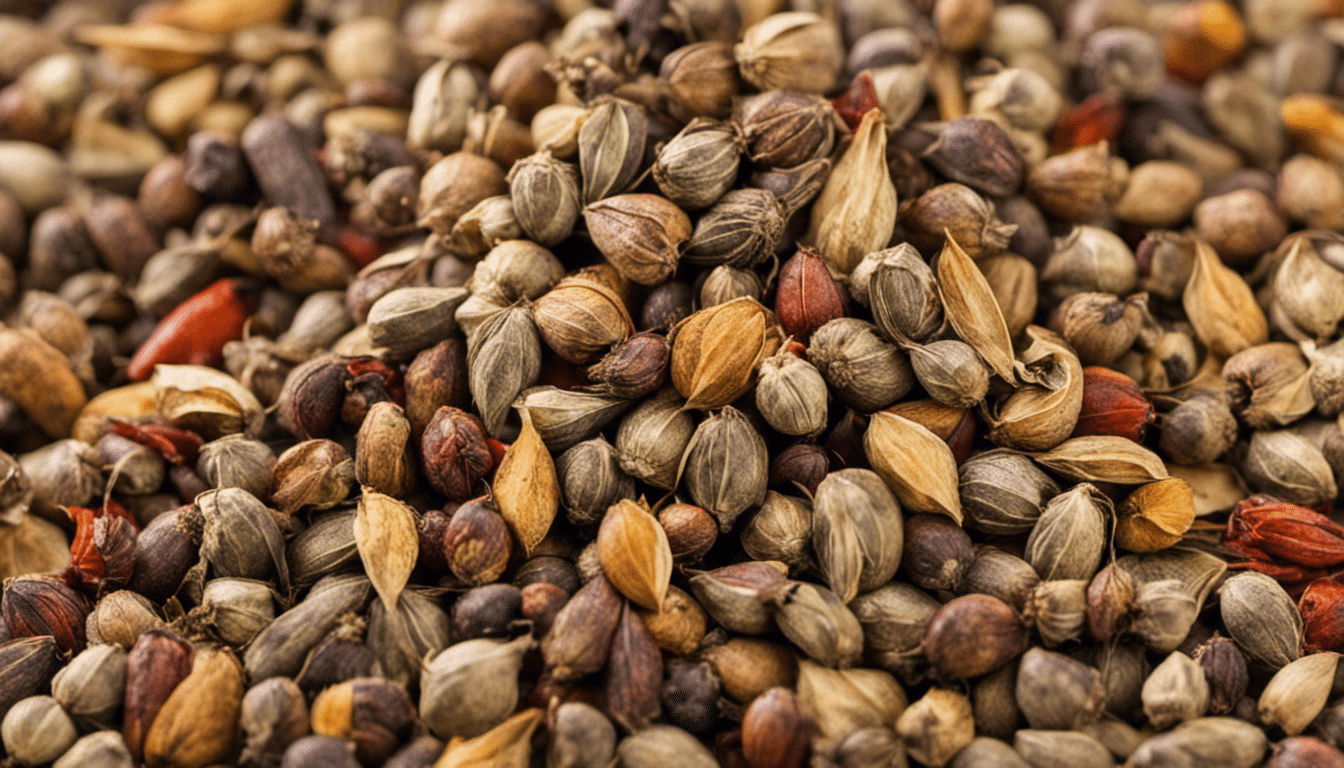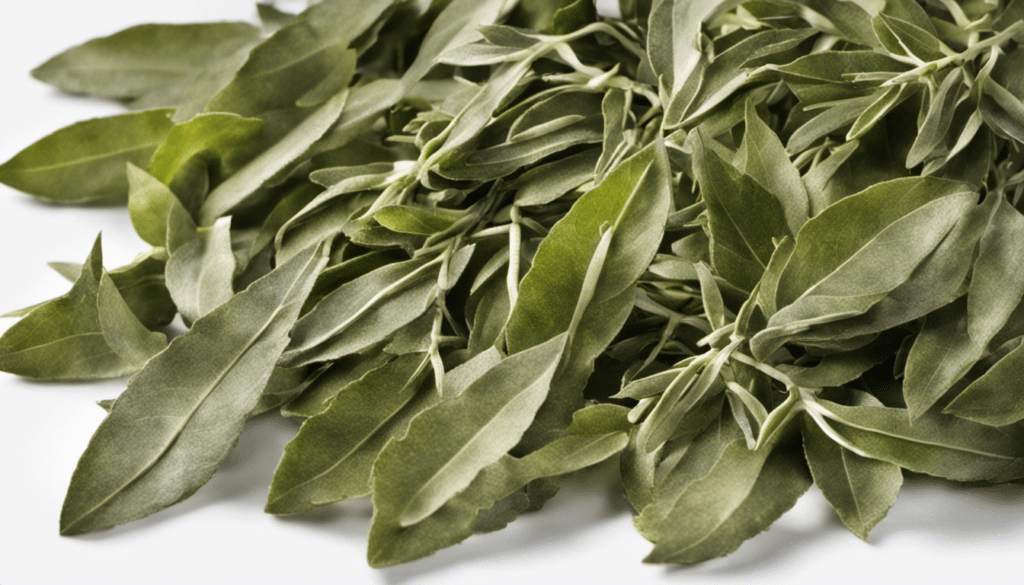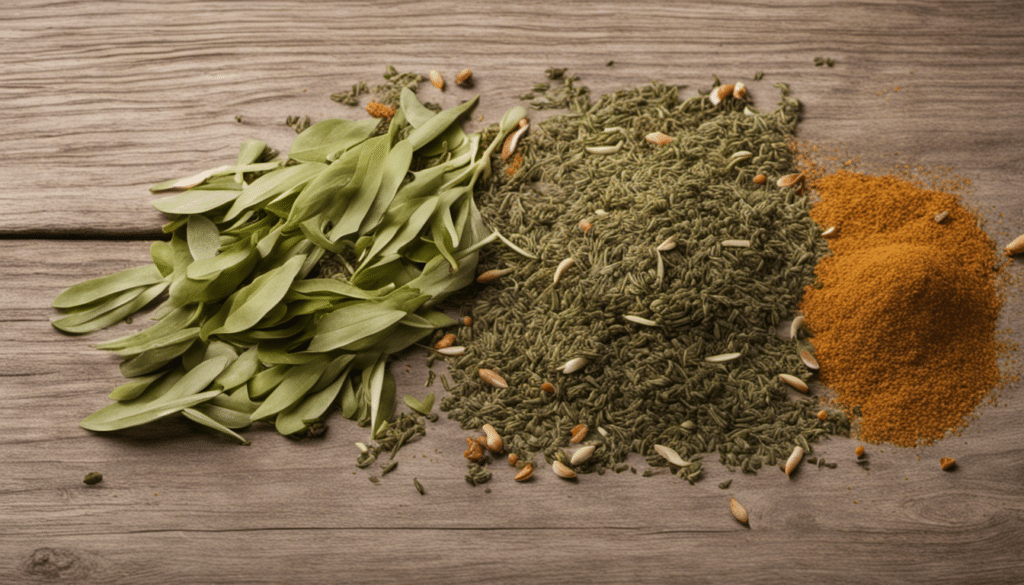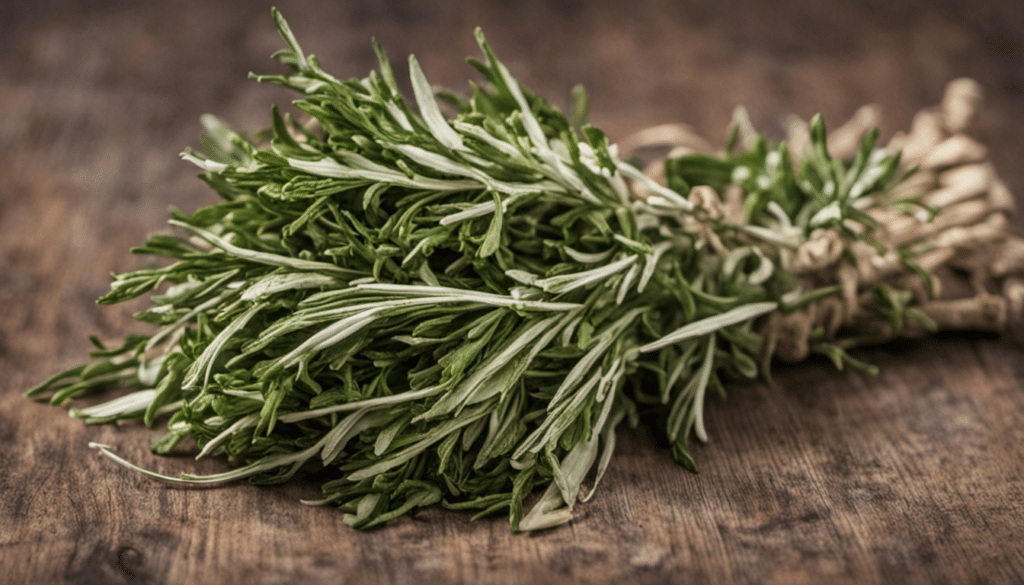Everything You Need to Know About Kokam Seed
Ever gaze upon a purple fruit in an exotic food market and wonder: what is it? The mystery fruit may be the Kokam fruit, or Garcinia indica, a staple in traditional Indian cuisine. But it’s not just the fruit that’s prized. The seeds of this tropical delight, fondly referred to as Kokam Seeds, are equally cherished for their versatility and health benefits.
The Origin Story of Kokam Seeds
The Kokam seed seems like an ambassador from nature’s pantry, painting a purple hue across the warm, tropical regions of Western India, particularly the Konkan and Malabar regions. Historically local people used the seeds within the Ayurvedic medicinal system and culinary landscapes. Fruits are carefully harvested, ripe and purple, from the Kokam trees to extract these precious seeds. Today, the seeds are finding their way into the global gastronomy map due to their unique attributes.
The AKA of Kokam Seeds
Often known as Mangosteen oil trees, due to the oil that is readily extracted from the seeds, Kokam seeds are a treasure trove of culinary and therapeutic possibilities. In various parts of India, they are referred to as Kokum Butter seeds, owing to the rich, creamy butter produced by cold-pressing the seeds. This butter, a critical ingredient in the world of confectionery producing mouthwatering chocolates, is known for its fine texture and stabilizing properties.
The Remarkable Health Benefits of Kokam Seeds
Kokam seeds are not just a taste enhancer; they bring along a host of health benefits. The oil obtained from the seeds is rich in anti-oxidants, promoting overall well-being by combating oxidative stress. It also exhibits exceptional anti-inflammatory properties, alleviating conditions such as arthritis when used externally as a rubefacient.
Moreover, regular consumption of these seeds aids digestion and assists in weight management by curbing binge eating. It’s rich in hydroxycitric acid (HCA), which plays a critical role in fat metabolism. Applying Kokam butter on skin helps to nourish dry, cracked skin and reduces the chances of skin infections.
The Kokam seed, rightly so, deserves immense recognition and appreciation-not just for its peculiar taste and aroma, but also for its multifaceted role that transcends from the confines of a kitchen to therapeutic applications, proving it to be a real godsend from nature.
Kokam Seed Recipe Ideas
- Kokam Dal – A traditional Indian lentil soup made with kokam seeds, lentils, and aromatics.
- Kokam Curry – This is a tangy and spicy curry made using kokam seeds, coconut, and a variety of Indian spices.
- Sol Kadi – A popular Kokam seed drink in the Konkan region of India, that’s refreshing and aids digestion.
- Kokam Sorbet – A flavorful sorbet made with kokam juice, which isthen sweetened and frozen.
- Kokam Seed Chutney – A traditional Indian chutney that’s made by grinding kokam seeds with coconut, chilies, and spices.
- Kokam Pulihora – A South Indian rice dish that uses kokam seeds to give a unique sourness to the dish.
- Kokam Sambar – An Indian lentil stew flavored with kokam seeds and spices.
- Kokam Rasam – A tangy and spicy South Indian soup generally had with rice.
- Kokam Aloo Subzi – A tangy potato curry using kokam seeds as the key ingredient.
- Kokam Seed Pickle – Made by marinating kokam seeds in a mixture of oil, vinegar, and Indian spices.




